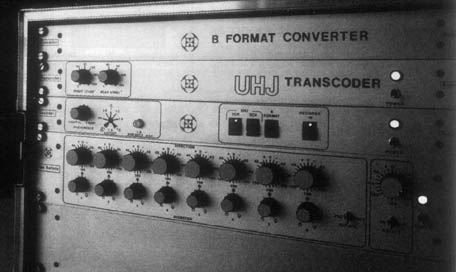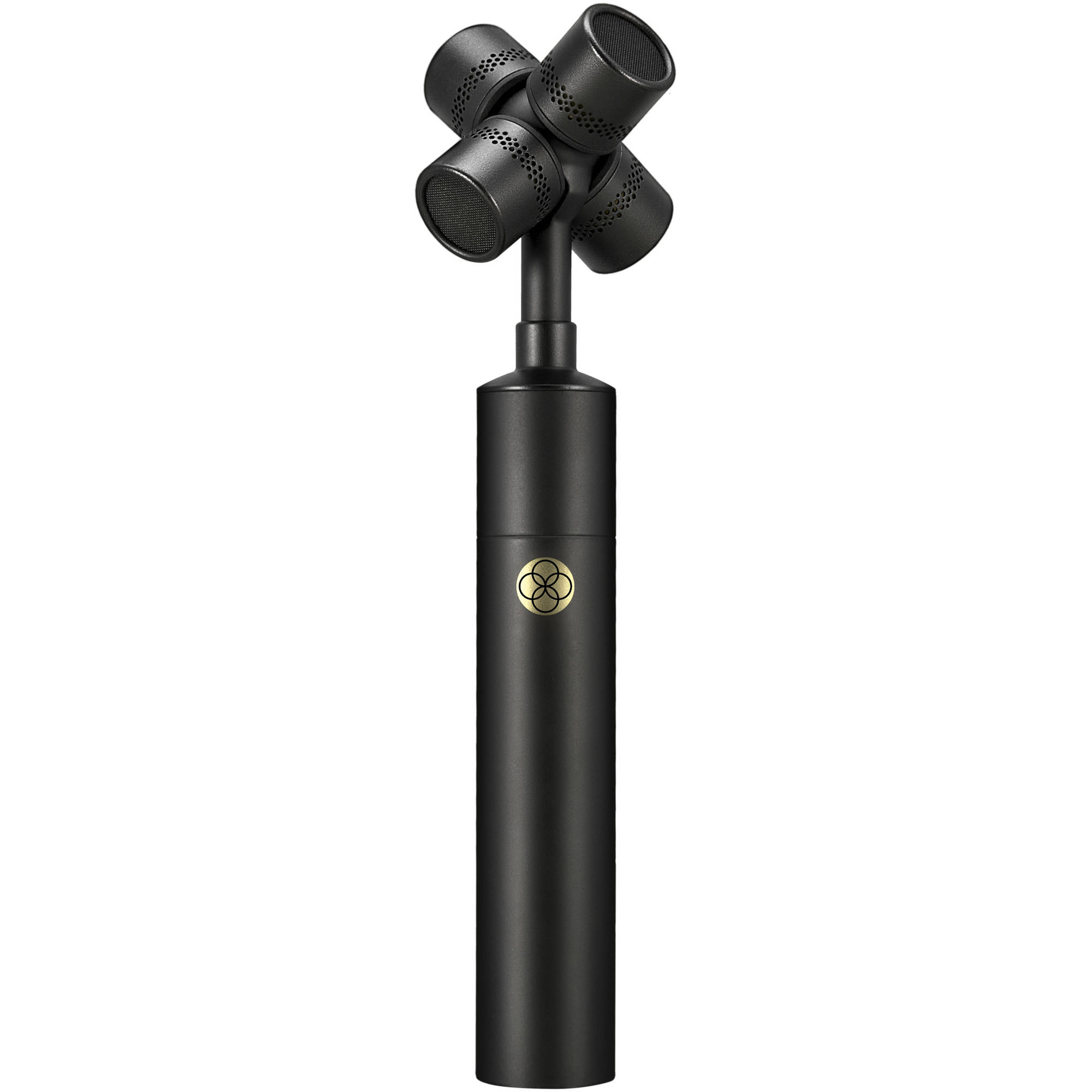
Spatial audio’s pretty cool, but the largest format for it, Dolby Atmos1, is proprietary and is quite difficult to work with. Since Atmos is a proprietary black box, it’s impossible to design hardware or software that uses it without paying a large sum of money, and, since it’s so complicated, Atmos-enabled hardware needs powerful processing inside to be able to decode the audio. While there are some proposed protocols that fix the problem of licensing costs, only one fixes the problem of DSP load as well, and it’s been hiding around since the 70s (well, not exactly hiding, but still).
Developed in the 70s, Ambisonics is one of the earlier spatial formats in use, but it has a few benefits that keep it relevant today. Ambisonic audio uses four channels that represent sounds in a tetrahedral shape (more are used for higher-order Ambisonics, but that’s outside the scope of this article). These effectively represent a sphere of sound, which happens to represent how we hear sound well enough. While this might sound complicated to encode and decode, it’s so simple that it can be done with analog hardware (remember, the 70s), which is great because it also takes almost nothing to encode and decode it in the digital world. This makes it particularly useful for real-time environments like gaming, and it actually sees a lot of use in the world of VR, where it is particularly useful because of the ease with which Ambisonics-encoded audio can be rotated.

The main benefit of Ambisonics is the ease of decoding and the wide range of arrays that it can be decoded to. Decoding Ambisonics to binaural for playback with headphones is very easy with some free plugins, making mixing very easy since monitoring can be done with regular headphones (no need to buy new interfaces and expensive plugins!). If speakers are desired, there are many ways to decode Ambisonics to speaker arrays, although it can be a bit difficult to decode to irregular arrays like traditional 5.1 surround arrays (there is proprietary software to do this, but I haven’t ever tried it and I think it has its problems - it will likely get better with time though, especially if Ambisonics sees more widespread use).
Because Ambisonics represents audio as a sphere instead of a 3D space, it is possible to record Ambisonic audio with a specialized mic called a soundfield microphone. This allows for some neat opportunities for immersive audio, since you can do field recording in 3D. If you want to hear some examples of this, there are good free-to-download field recordings in the Ambisonics Sound Library by RØDE.

While Ambisonics is great, there are still a few areas in which it could be improved.
As far as I know, there’s not really much of any software to decode Ambisonics in a way where it sounds good for a large audience (most decoding methods end up with sound that only really sounds good for a few people at the center). I’m not an expert at Ambisonics stuff, so it’s entirely possible that we have this figured out, and I have seen a paper on how to fix this (although I haven’t seen any implementations), but it’s something you should consider if you’re planning on using Ambisonics for a project. I’m certain that if this hasn’t already been figured out, this will be figured out soon enough.
Ambisonics can be pretty difficult to decode to irregular arrays like the rectangular 5.1 arrays that are commonly found. While it is possible, I haven’t found any good open implementations for it and from what I’ve heard it isn’t in an amazing state yet. The ideal shape for an Ambisonic array is a Platonic solid such as a tetrahedron, but that isn’t always easy, so I’d imagine we’ll see some more development work towards decoding for irregular arrays in the future should Ambisonics become a bit more popular.
If this has piqued your interest, there are some great resources to learn more about this and some good free software if you want to jump in and give it a try. I’ve listed some below.
I’m not affiliated with either Dolby or Ambisonics, nor an expert at either. ↩